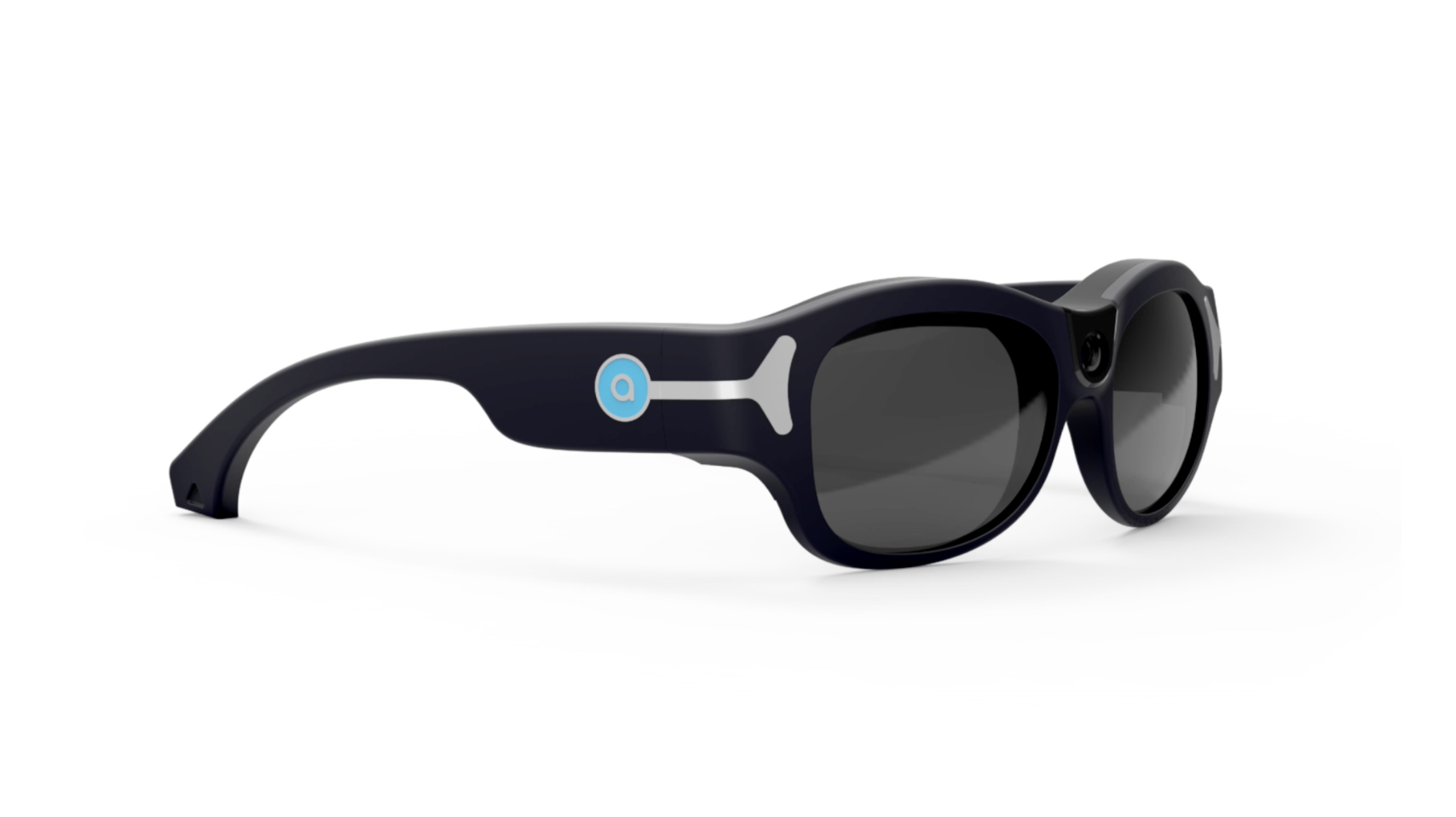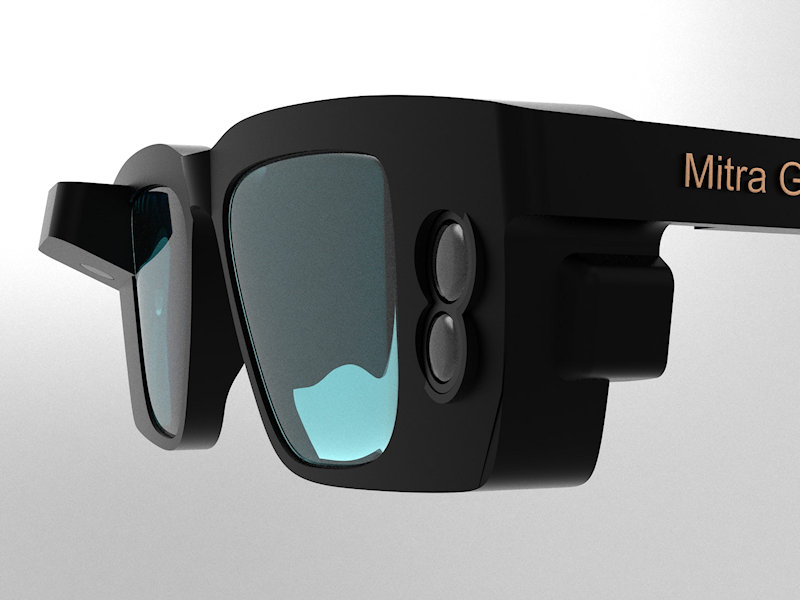Wearable Technology for Low Vision: Transforming How We Navigate the World
Wearable Technology for Low Vision: Transforming How We Navigate the World
Blog Article
Enhancing Access Through Assistive Innovation for the Blind
The integration of assistive technology for the blind stands for a crucial development in availability, essentially changing exactly how people browse their atmospheres and engage with society. From display readers to cutting-edge smart walking canes, these devices not only improve freedom but also promote inclusivity in numerous rounds of life. As we discover the diverse types of assistive tools and their tangible influence on daily living, it ends up being necessary to examine just how ongoing technological innovations are improving the landscape of support for the blind neighborhood. What implications do these advancements hold for the future of ease of access?
Overview of Assistive Technology
Assistive modern technology describes a variety of gadgets and software application made to enhance the capabilities of individuals with handicaps, consisting of those that are aesthetically impaired or blind. This modern technology plays a vital role in advertising self-reliance and enhancing the quality of life for customers. By providing alternative techniques for accessing information and executing day-to-day tasks, assistive innovation empowers people to browse their atmospheres better.
The development and execution of assistive modern technology welcome a variety of concepts focused on cultivating accessibility. These principles include user-centered layout, which focuses on the demands and choices of the person, and the integration of technology into everyday activities. Such innovations guarantee that assistive devices are not just practical however also intuitive and very easy to make use of.
Furthermore, assistive modern technology incorporates a varied spectrum of solutions, from low-tech options like magnifiers to high-tech advancements such as screen viewers and Braille display screens. The ongoing advancement of this field is driven by the requirement to resolve the special challenges encountered by individuals with aesthetic impairments (Wearable technology for low vision). As innovation remains to advance, the potential for boosting availability and promoting inclusivity remains appealing, inevitably adding to a much more fair society

Kinds of Assistive Devices
Many types of assistive tools are offered to support people who are blind or aesthetically impaired, each made to deal with certain requirements and challenges. These gadgets can be broadly categorized into three major kinds: low-tech, mid-tech, and state-of-the-art remedies.
Low-tech devices include items such as magnifiers, Braille labels, and tactile maps. These are relatively basic devices that enhance the user's capability to interact with their atmosphere without requiring complex innovation.
Mid-tech gadgets typically include extra innovative functions, such as electronic magnifiers and mobile Braille note-takers. These tools can offer functionalities like speech output, permitting users to gain access to info extra effectively.

Effect on Daily Living
The accessibility of different assistive gadgets considerably boosts the top quality of life for people who are visually damaged or blind, influencing their daily living in profound ways. By incorporating technologies such as screen readers, Braille presents, and audio summary services right into their regimens, users obtain higher freedom and freedom. These tools facilitate access to information, making it possible for individuals to do everyday tasks, such as reviewing e-mails, browsing public use this link areas, and delighting in media content.
In addition, assistive devices empower individuals to engage even more completely in social interactions and neighborhood tasks. The ability to utilize smart devices geared up with ease of access attributes permits smooth communication and link with others. This connection fosters a sense of belonging and reduces sensations of isolation.
In specialist setups, assistive modern technology sustains performance by permitting individuals to full job jobs effectively. Tools like voice acknowledgment software and specialized magnifying tools allow individuals to join the workforce on equivalent ground with their sighted peers.

Advancements in Technology
Current technological innovations have dramatically transformed the landscape of tools available for individuals who are blind or aesthetically impaired. The assimilation of artificial intelligence (AI) and device understanding has actually given surge to applications that improve navigating and things acknowledgment. For instance, mobile phone applications can currently utilize AI to identify and explain surroundings in real-time, offering individuals with beneficial contextual details.
Furthermore, developments in haptic modern technology have actually resulted in the growth of wise walking sticks outfitted with sensing units that identify barriers and supply responsive comments. This empowers customers to browse their environment with raised self-confidence and freedom. Developments in text-to-speech software and braille display screens have boosted the ease of access of digital content, allowing for seamless communication with various media.
Wearable technologies, such as clever glasses, are likewise making strides in assisting aesthetic problems. These devices can supply increased fact experiences, superimposing crucial info onto the customer's field of vision. Jointly, these developments not just enhance the lifestyle for people who are blind yet additionally advertise better addition in prescription eyeglasses society. As technology continues to develop, the capacity for also more transformative devices continues to be on the horizon.
Future Trends and Innovations
As technology swiftly progresses, the future of assistive devices for people that are blind holds enormous assurance. Innovations in expert system (AI) and artificial intelligence are positioned to transform the means blind customers communicate with their atmospheres. As an example, AI-driven applications are being created to boost item acknowledgment, permitting individuals to identify and navigate their environments with greater simplicity and precision.
Furthermore, developments glass eyes in haptic comments technology are enabling the development of responsive maps and navigation aids that offer real-time details with touch. These developments not just boost flexibility but additionally foster independence. Additionally, wearable gadgets furnished with enhanced fact (AR) functions are arising, supplying individuals aesthetic info with sound summaries, consequently connecting the gap between the digital and physical globes.
In addition, the combination of clever home innovation offers brand-new possibilities for accessibility, enabling people to regulate their living atmospheres via voice commands or mobile phone applications. As cooperation in between tech designers and the blind community continues, the concentrate on user-centered design will ensure that future innovations are tailored to meet the unique needs of this populace (Wearable technology for low vision). The trajectory of assistive modern technology promises an extra empowering and inclusive future for people that are blind
Verdict
In verdict, assistive innovation plays a vital role in boosting ease of access for individuals with aesthetic problems. Continual improvements in modern technology and user-centered design make certain that these devices cater efficiently to the distinct requirements of the blind area.
The assimilation of assistive modern technology for the blind stands for a critical innovation in access, basically altering just how people browse their settings and involve with society.Assistive innovation refers to a range of devices and software application designed to enhance the abilities of people with disabilities, including those who are blind or aesthetically damaged. Wearable technology for low vision.As technology swiftly progresses, the future of assistive devices for individuals who are blind holds tremendous pledge. The trajectory of assistive modern technology assures a much more empowering and comprehensive future for people who are blind
In final thought, assistive innovation plays a crucial function in enhancing accessibility for people with aesthetic disabilities.
Report this page